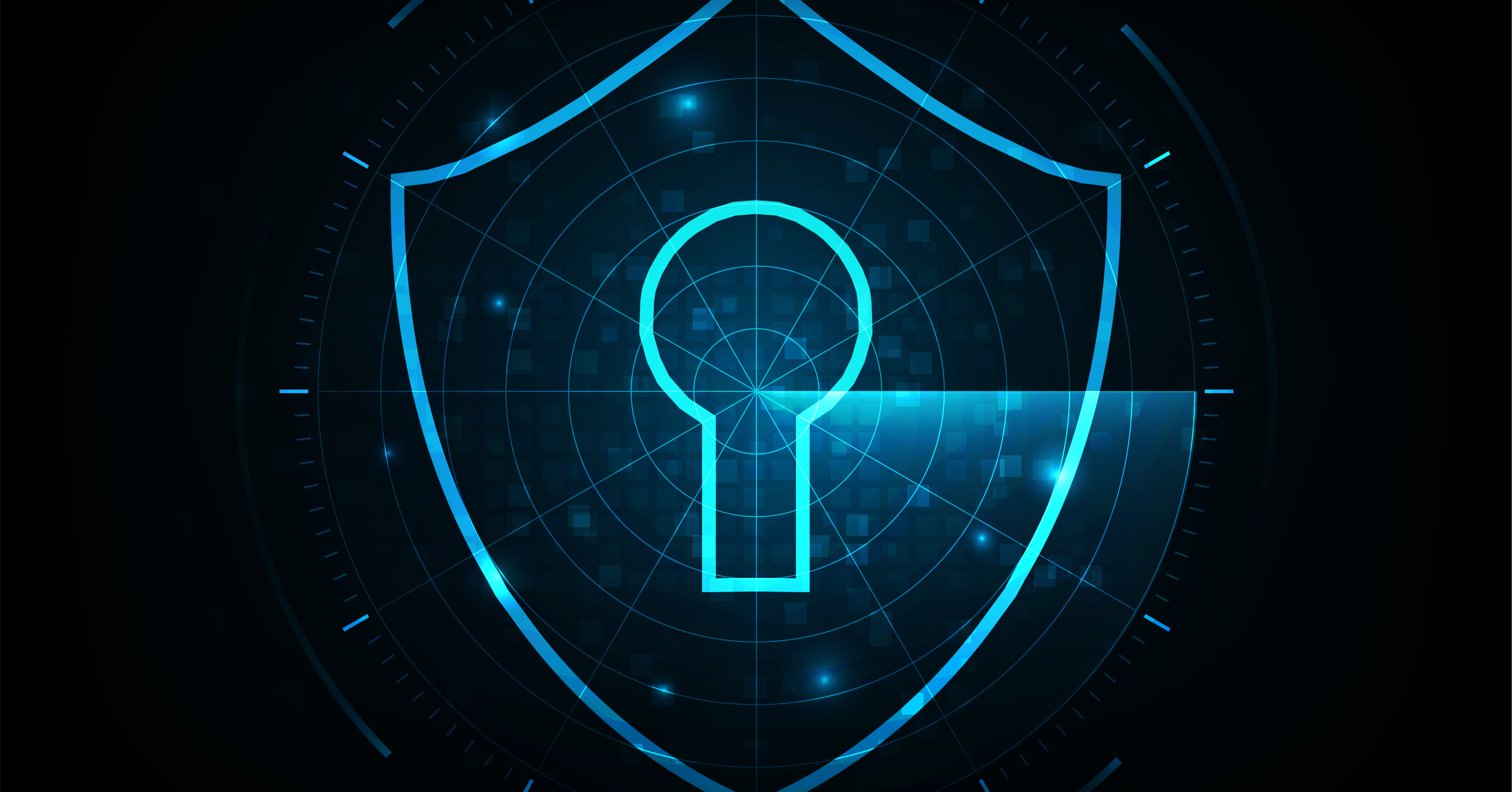 These are risky times indeed for today’s data centers. With cyber threats on the rise, protecting sensitive data from malicious attacks – ransomware, hacked devices, crashed websites, and phishing schemes, just to name a few – has become job one and a major robber of sleep for data center professionals everywhere.
These are risky times indeed for today’s data centers. With cyber threats on the rise, protecting sensitive data from malicious attacks – ransomware, hacked devices, crashed websites, and phishing schemes, just to name a few – has become job one and a major robber of sleep for data center professionals everywhere.
Consider these sobering statistics:
- CBS News reported that 1.5 million cyberattacks occur every year, translating to more than 4,000 attacks a day.[1] By mid-2019, data breaches had exposed over 4 billion (with a “b) records, putting last year on track to be the worst year on record for breach activity.[2]
- Connected devices add vulnerability to any network, and their numbers are exploding thanks to IoT growth. According to a Symantec Internet Security Threat Report, by the end of 2020 there will be around 200 billion connected devices in the U.S. alone, representing 25 devices per 100 citizens.[3]
- Malicious attacks carry an immense price tag. According to a report from IBM and the Ponemon Institute, the global average total cost of a data breach has reached almost $4 million.[4]
Most enterprises are behind when it comes to cyber security
If your enterprise is like most, it has some level of capability for responding to malware attacks – but short-term thinking and planning might be blocking your company’s ability to manage a real security crisis and recover from it. In fact, recent security research suggests that most companies have unprotected data and poor cybersecurity practices in place, making them vulnerable to data loss.[5]
To give an example, many companies adopt multiple anti-malware solutions. However, that approach might actually be counterproductive: the greater number of solutions, the greater number of potential threats and the more difficult it will be to restore the business in the event of a complete site failure or attack.
A holistic security plan that takes the entire data center into account is crucial for managing a cyber incident before, during, and after it unfolds. The plan should cover not only the typical natural threats, but the much more probable malicious threats that can occur both externally as well as internally.
Risk mitigation is a pillar of any truly effective cyber security plan
Stopping malicious attacks from happening in the first place is critical, of course. But an equally important element in any data security strategy is the ability to prepare and plan for threats and disasters and then reduce their impact on business continuity. And that’s what risk mitigation is all about. Risk mitigation makes the assumption that some disasters are inevitable and comes into play when threats cannot be avoided entirely.
In a word, it’s proactivity: expect the best, but prepare for the worst. And if/when the worst happens, the risk mitigation steps you’ve taken in advance will help minimize the damage in the aftermath of an attack and ward off any potentially long-term effects. They can also help you contain the costs of managing and recovering from a breach, which can be enormous.[6]
At Cobalt Iron, we recognize that risk mitigation and data security are critical elements of enterprise data backup and recovery.
We believe that appropriate security measures should be tightly woven into any backup and recovery architecture, rather than treated as add-on features. Exhibit A: the Cyber Shield security features built into the Cobalt Iron Compass enterprise SaaS backup platform.
With Cyber Shield, we deliver on the three “Rs” of true risk mitigation:
- Readiness. Compass offers vigilant 24/7 monitoring, proactive problem avoidance, and automated software currency to ensure that enterprise data protection is battle-ready at all times.
- Response. The right technology response can dramatically limit the negative impact of a cyber attack. Compass delivers a rapid, coordinated resolution to incidents that minimizes downtime, data loss, cost, and reputation damage.
- Recovery. Quickly returning to normal operations is only the beginning. Compass delivers rapid restore functions as well as analytics-driven insights to fortify data protection against future attacks.
Are you ready to get a better night’s sleep, knowing that your data backup and recovery is protected by the industry’s best practices in cyber security?
Learn more about Compass Cyber Shield
References:
[1] “Ready, response, and recovery | cyber crisis management,” Deloitte
[2] “Data Breach Quick View Report, Q3 2019 Trends,” Risk Based Security
[3] “Internet Security Threat Report,” Symantec
[4] “What’s New in the Cost of a Data Breach Report,” SecurityIntelligence
[5] “2019 Varonis Global Data Risk Report,” Varonis
[6] “2017 Cost of Data Breach Summary,” Ponemon Institute